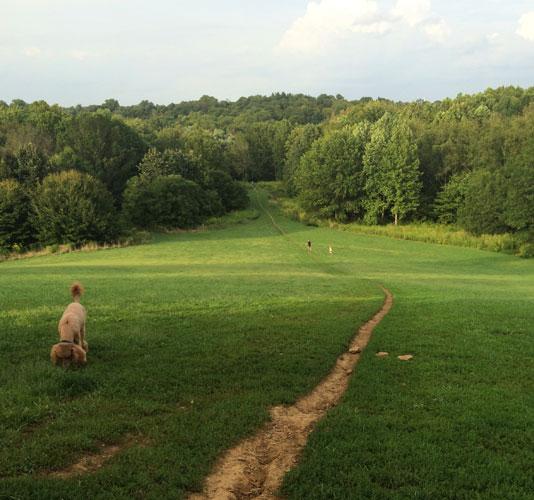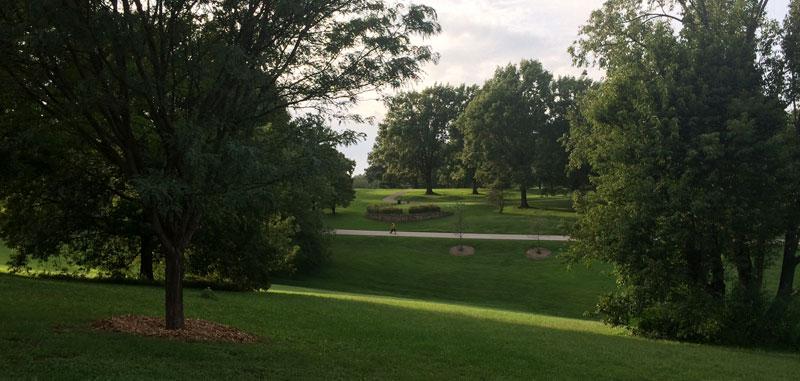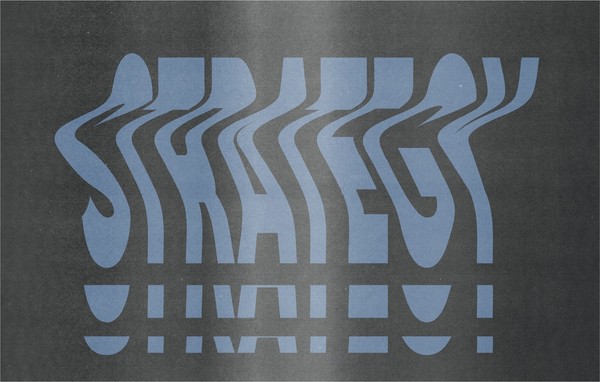Design & Craft Series: Olmsted Park System
By:
Amber Glisson
on 5/5/2015
At VIA Studio we’re passionate about design. It is the desire to solve problems and the understanding that thoughtful planning can make all the difference that drives us. In our city of Louisville there have been many talented designers and artisans who’ve accomplished greatness. While they may not be working with the same tools as we do in our daily work, we are inspired by their vision. We see similarities in their principles to our own and are grateful for the lessons we can learn from them. In the coming months we’ll continue to explore Louisville’s design and craft legacy.
In 1891 Frederick Law Olmsted was commissioned to design a system of parks and parkways in Louisville. The Olmsted Park System would become the pinnacle example of his revolutionary concepts in landscape design. The plan that included 18 city parks and 6 parkways would be built starting in the 1890s through the 1930s. Before starting this project, Olmsted was already known as the Father of American Landscape Architecture and had created other renowned parks throughout the world. His design principles were established and respected. You don’t need to know about the parks plan to appreciate their beauty and enjoy the cultural centers they have become, but next time you visit any of these parks understanding Olmsted’s design principles and methods you’ll see the landscape differently than you have before.
Olmsted’s Principles
Here are Olmsted’s design principles from the National Association for Olmsted Parks Association:
A Genius of Place
The design should take advantage of unique characteristics of the site, even its disadvantages. The design should be developed and refined with intimate knowledge of the site.
Unified Composition
All elements of the landscape design should be made subordinate to an overarching design purpose. The design should avoid decorative treatment of plantings and structures so that the landscape experience will ring organic and true.
Orchestration of Movement
The composition should subtly direct movement through the landscape. There should be separation of ways, as in parks and parkways, for efficiency and amenity of movement, and to avoid collision or the apprehension of collision, between different kinds of traffic.
Orchestration of Use
The composition should artfully insert a variety of uses into logical precincts, ensuring the best possible site for each use and preventing competition between uses.
Sustainable Design and Environmental Conservation
The design should allow for long-term maintenance and ensure the realization and perpetuation of the design intent. Plant materials should thrive, be non invasive, and require little maintenance. The design should conserve the natural features of the site to the greatest extent possible and provide for the continued ecological health of the area.
A Comprehensive Approach
The composition should be comprehensive and seek to have a healthful influence beyond its boundaries. In the same way, the design must acknowledge and take into consideration what surrounds it. It should create complementary effects. When possible, public grounds should be connected by greenways and boulevards so as to extend and maximize park spaces.
Olmsted’s Style
Olmsted believed that landscape gives a feeling that, like music, cannot entirely be explained with words. He employed a couple of notable styles to evoke emotion. His “Pastoral” style can be seen in the image below at Cherokee park. You’ll notice open grassy spaces broken by wooded areas that provide a treeline that isn’t clearly defined from far away. His “Picturesque” style uses the contrast of light and dark along with layered foliage to create lush and full scenes that retain some green in winter.

Olmsted’s Service
Olmsted once declared, “Service must precede art, since all turf, trees, flowers, fences, walks, water, paint, plaster, posts and pillars in or under which there is not a purpose of direct utility or service are inartistic if not barbarous. ⦠So long as considerations of utility are neglected or overridden by considerations of ornament, there will be not true art.”
Although style was important, note that Olmsted designed for function as well. Some of the uses of the parks that were considered are walking, relaxing, picnics and athletics. The combination of driving principles and purpose-driven tactics helped form a place to experience that has thrived for over a century.

The Louisville park system is a local treasure, a vestige of Olmsted’s legacy of making parks part of public life. If you’d like to know more about Olmsted, I recommend the PBS documentary Fredrick Law Olmsted: Designing America. Here is a poignant quote from the movie:
“Olmsted has a double legacy. On the one hand, he’s a super pragmatist; he’s a problem solver. At the same time, he’s a dreamer. What his parks are all about is finding immensely practical solutions to the problem of building a dream in the middle of a city,” says writer Adam Gopnik.
References
http://www.olmsted.org
http://www.olmstedparks.org/
http://video.pbs.org/video/2365197253/
Related Posts
Where Do We Start? The Technical Audit
By: Kim Clark on 3/15/2010
Any solid SEO program should begin with at technical audit of your website.
Read More »VIA Studio Joins Google Apps Authorized Reseller Program
By:Jason Clark on 3/25/2010
VIA Studio today announced it has become an authorized reseller of the Google Apps suite of communication and collaboration tools. VIA Studio provides setup, integration & support services for businesses and organizations using Google Apps.
Read More »
